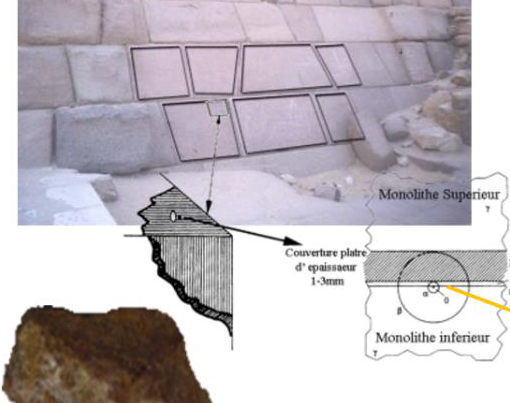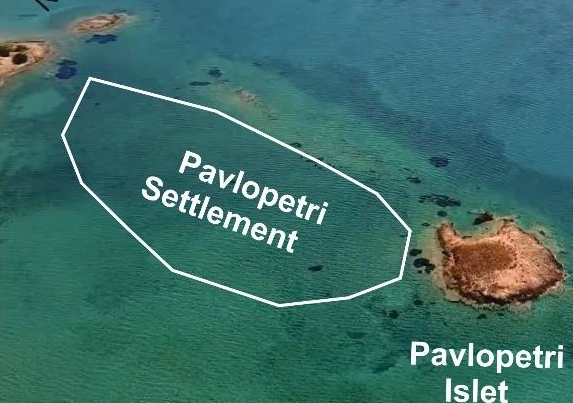by A. Omar, A. Abdelmoniem, E. Fatma and A. Taha
ABSTRACT
The present research paper aims to determine the effect of microbial deterioration on wood housed in Cheops Boat and ways to control it. Khufu, the second king of the Fourth Dynasty 2650 BC, established Cheops Boat that was found in 1954 on the southern side of the pyramid. Wood is usually very sensitive to biological at-tacks, therefore, fungi, bacteria, and insects can easily attack and metabolize it, leading to significant physical, chemical, and morphological changes. Microbial infections were identified using light microscopy and PCR after their cultivation. The biological activities of the isolated microorganisms were investigated and the caus-ative microorganisms from Cheops Boat were isolated and characterized as A. niger, A. flavus, A. sulphureus, P. janthinellum, Cladosporium herbarum, Botryotrichum piluliferum, and Bacillus megaterium. The historic wood was analyzed from different perspectives: Stereo microscopes, SEM with EDX, FTIR, as well as wood structure and chemical composition. The results illustrated that the best concentrations of a specific microbicide for the bio-treatment of the infected wood materials is pentachlorophenol at (900 ppm) as it is sufficient to inhibit all isolated microorganisms. It is followed by Nano Chitosan at (900 ppm) concentration, by plant extract of Cera-tophyllum demersum at (1000 ppm) concentration and p-chloro-m-cresol at (2000 ppm) concentration.
![]()



